Videos and articles about wood finishing traditional wood projects, including recommendations about the best wood finishing products for woodworkers.
Beeswax Wood Finish Now For Sale!

Beeswax Wood Finish Now For Sale! Check out our new Beeswax Wood Finish for Furniture and our new Beeswax Cutting Board & Wood Spoon Finish

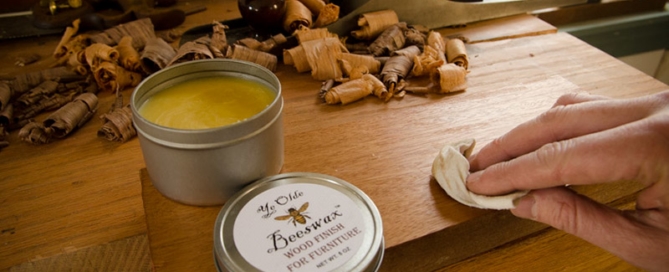
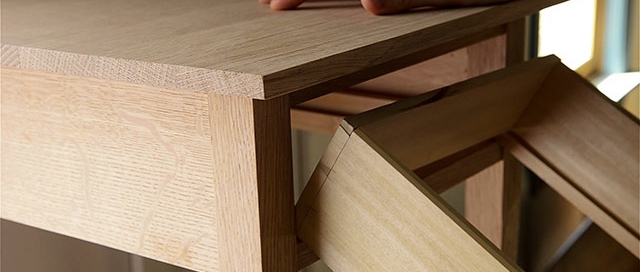
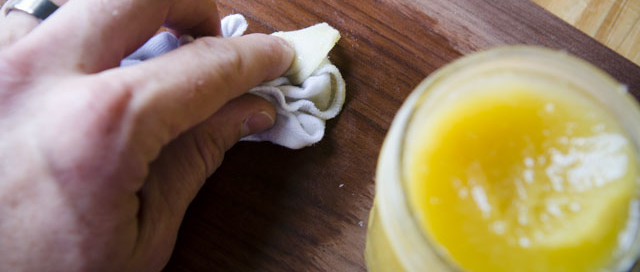
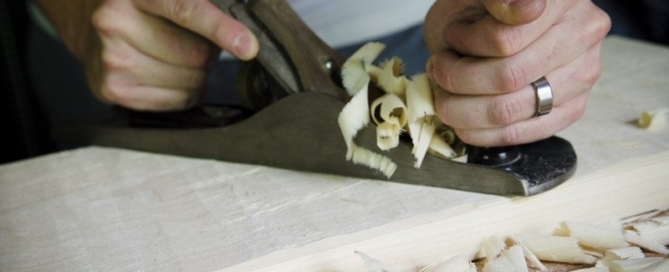
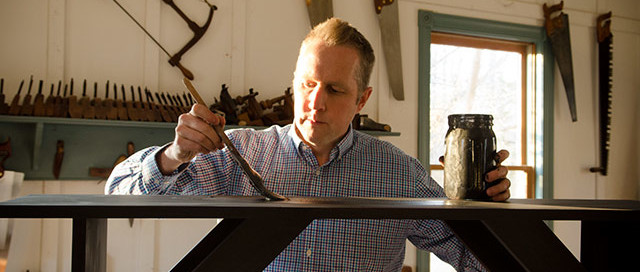
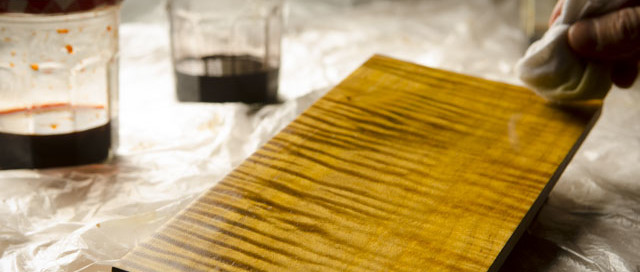
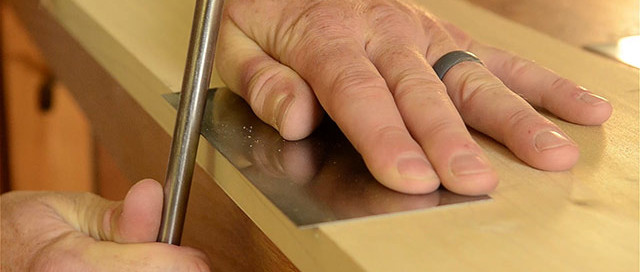
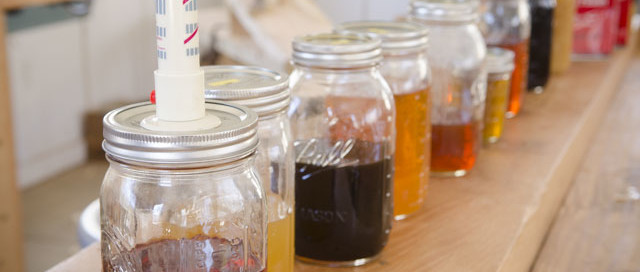
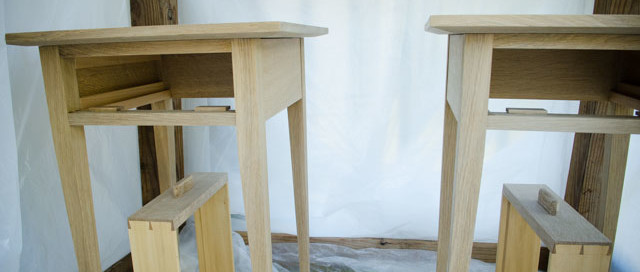
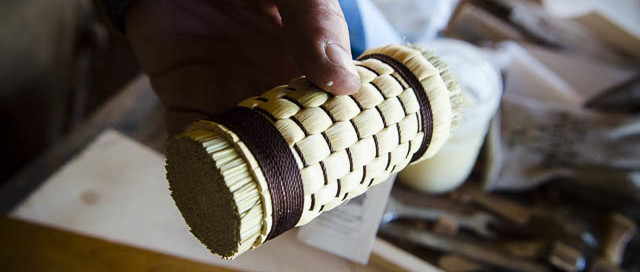
Wood and Shop in your inbox?
Subscribe to get Joshua's free traditional woodworking videos, articles & news:
You have Successfully Subscribed!